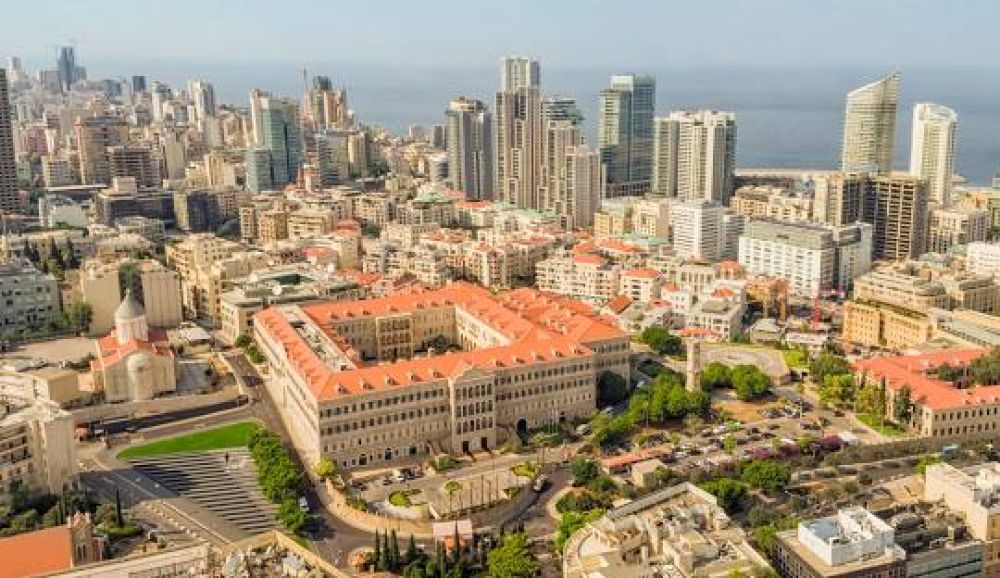

Nestled in the heart of Beirut Central District, the Grand Serail stands as a symbol of Lebanon’s rich and diverse history. This grandiose building, which now serves as the headquarters of the Prime Minister of Lebanon, has been a focal point of Lebanese history and a testament to the evolution of tourism in the country.
The roots of the Grand Serail can be traced back to the Ottoman Empire when it was constructed in the mid-19th century on a hill that overlooks the city. Originally designed to serve as a barracks for the Ottoman military, the architecture reflects a clear influence of Ottoman and Arabic styles. Over time, the building has had several roles, including being the administrative center during the French Mandate period in the early 20th century.
Lebanon's tourism industry has traditionally been one of the country's economic pillars, flourishing primarily in the periods before the civil war (1975-1990). Beirut, often referred to as the "Paris of the Middle East," attracted tourists who were keen to explore its cultural landmarks, with the Grand Serail being one of the many historic sites that symbolize Lebanon’s multifaceted identity.
After the end of the Lebanese Civil War, Beirut Central District underwent significant reconstruction, which aimed at restoring its historical grandeur as well as stimulating the tourism sector. The Grand Serail, like many other buildings, was refurbished to reflect its historical significance and preserve its status as an architectural gem within the city.
In the present day, the Grand Serail is not just the center of political power but also a tourist attraction. Visitors and locals alike are drawn to its grandeur and the beauty of its design. Its presence is a reminder of Lebanon's historical layers and resilience. Moreover, the Serail is part of the larger historic walking tours that are popular among tourists seeking to experience the vibrant history of Beirut's Central District.
Tourism in Lebanon has seen shifts over the years, with the latest trend leaning towards sustainable and experiential travel. Tourists are looking for more authentic experiences that allow them to connect with the local culture, cuisine, and people. The movement towards eco-tourism and community-based tourism is also gaining momentum, emphasizing the importance of preserving the country’s natural and historical sites, including areas around the Grand Serail.
The Grand Serail continues to be a key feature of Lebanese heritage and cultural identity. Visiting this historic landmark offers insight into the past and present of Lebanon, showcasing the resilience and intricate tapestry of its capital's history. As the tourism industry in Lebanon evolves, the Grand Serail stands as a steadfast reminder of the cultural richness that awaits visitors.